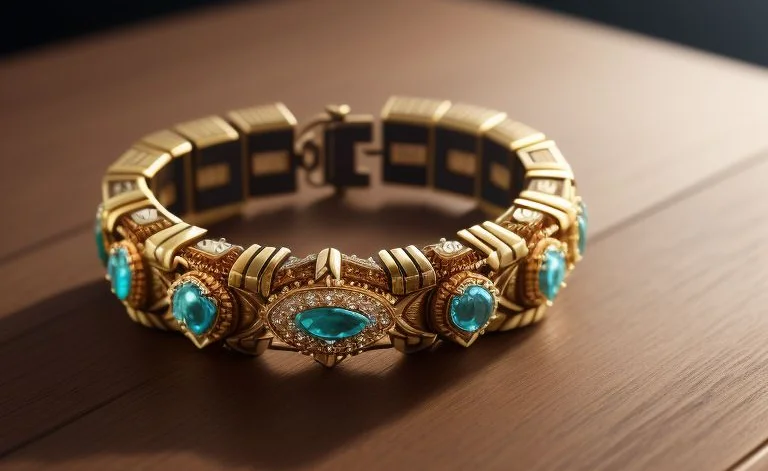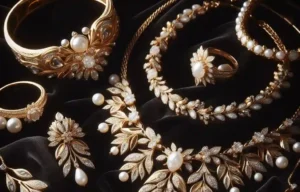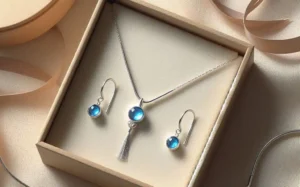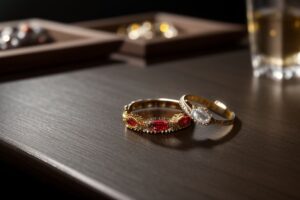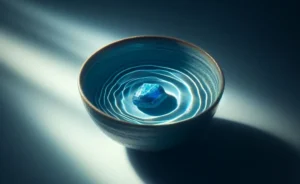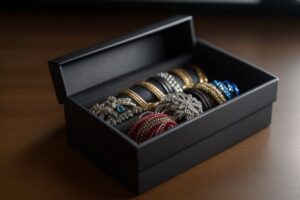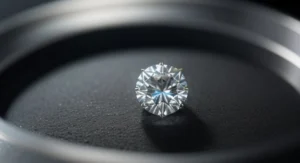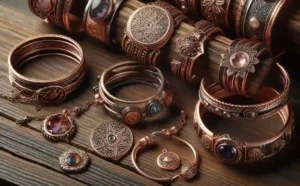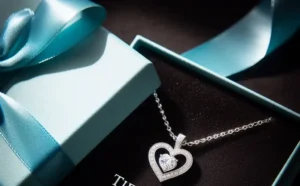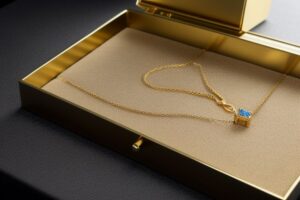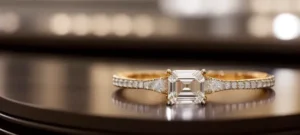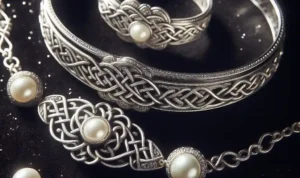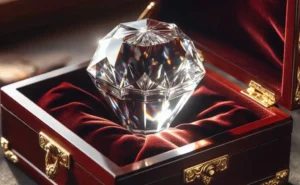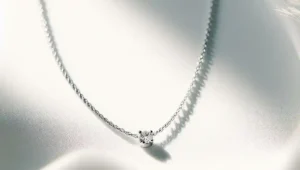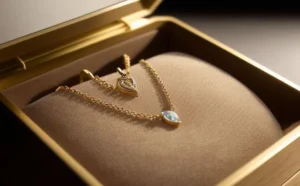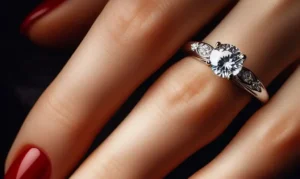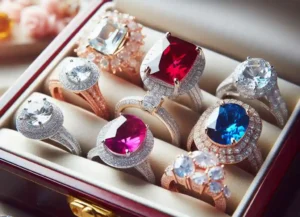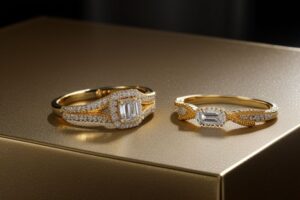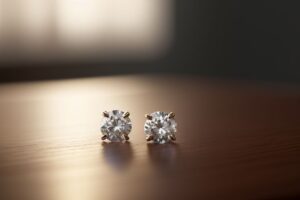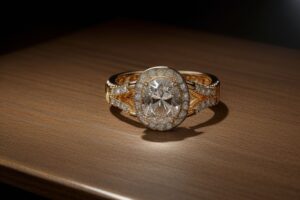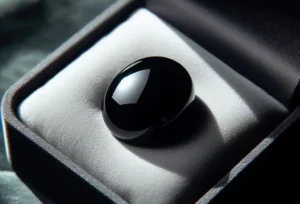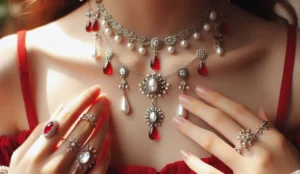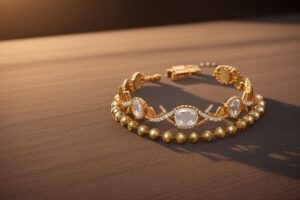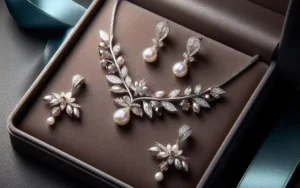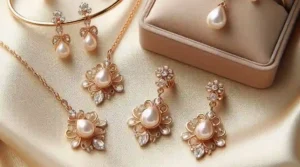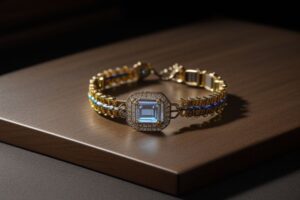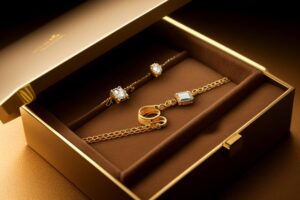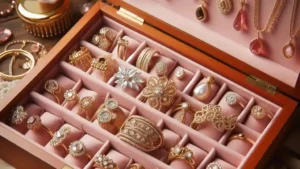Does 18k Gold Plated Brass Tarnish? When it comes to the world of fine jewelry, we often find ourselves surrounded by a variety of terms, types, and techniques.
One such popular practice is gold plating, where a layer of gold is deposited on the surface of another metal. But how does this gold plating fare in terms of durability?
In particular, does 18k gold-plated brass tarnish? This blog post’ll delve into the specifics and answer all your burning questions about 18k gold plated brass and its resilience.
Does 18k Gold Plated Brass Tarnish?
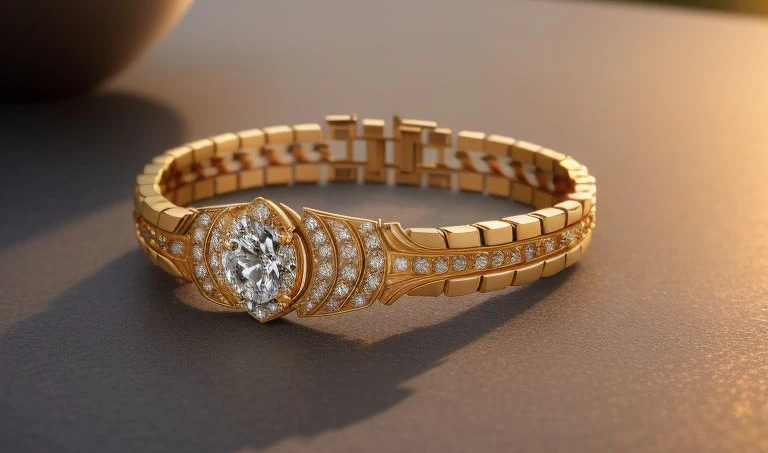
In a nutshell, yes, 18k gold plated brass can tarnish. The key factor in this phenomenon is the nature of the base metal – brass. Although the exterior layer is composed of 18k gold, the core material is still brass.
Brass, a composite of copper and zinc, is susceptible to oxidation when exposed to air and moisture, leading to tarnishing over time. However, it is important to note that the gold plating can provide a certain level of protection against tarnishing. But this barrier is not impenetrable.
The gold plating, being incredibly thin, can wear away with use, eventually exposing the brass beneath. Once the brass comes into contact with external elements, the oxidation process starts, causing the jewelry to tarnish. This process can be accelerated by various factors such as exposure to harsh chemicals, perspiration, or high humidity.
However, the rate of tarnishing and the lifespan of the gold plating can vary, depending on the thickness of the plating and how well the jewelry is cared for.
Thus, while tarnishing is a potential reality for 18k gold plated brass, it is not immediate or unavoidable. Proper maintenance can delay this process, allowing your jewelry to maintain its shine for longer periods.
Understanding What Tarnish Means

To grasp the concept of tarnishing, it’s essential to understand it as a form of corrosion. When certain metals come in contact with elements present in the air or on our skin, they undergo a chemical reaction. This reaction results in a layer of corrosion or tarnish on the metal surface.
Tarnish is typically seen as a dulling effect or change in color on the metal’s surface, which can diminish the aesthetic value of the jewelry piece. Unlike rust, tarnish does not destroy the metal and is usually just a surface-level degradation.
This is why tarnish can often be removed or reduced through cleaning and polishing. However, the frequency of such occurrences and the severity of the tarnishing can depend on the type of metal, the environment, and how the jewelry is cared for.
In the context of 18k gold plated brass, it’s the exposure of the underlying brass to external elements that leads to tarnishing, as the gold plating can only offer limited protection.
The Composition of 18k Gold Plated Brass
The term ’18k gold plated brass‘ is used to describe a type of jewelry that has been crafted from brass, a base metal alloy comprising copper and zinc. This base is then coated with a thin layer of 18-karat gold.
This technique, known as gold plating, is an economical way to mirror the appearance and texture of pure gold jewelry without incurring the associated costs. This is because the 18k gold used in the process is only a fraction of a solid gold piece.
The gold layer, though thin, imparts a golden sheen to the piece, making it indistinguishable from solid gold to the untrained eye. The key drawback, however, is that over time and with use, this thin gold layer may erode, revealing the brass underneath.
Once the brass is exposed to the environment, it becomes prone to oxidation, which can result in tarnishing. But remember, the rate of this tarnishing process is dependent on several factors, including the thickness of the gold plating and the care given to the jewelry.
The Durability of 18k Gold Plated Brass
While it’s true that 18k gold plated brass isn’t as enduring as its solid gold counterpart, it can still retain its luster for an impressive amount of time if handled properly.
A notable factor in determining its durability is the thickness of the gold plating. Jewelry with a thicker gold coat tends to have a longer lifespan before any signs of wear and tarnish become evident.
It’s also worth mentioning that the brass core, while susceptible to tarnish when exposed, is a sturdy material known for its strength and hardness. These qualities, coupled with the protective gold plating, allow for a certain level of resilience against everyday wear and tear.
Although the gold layer might eventually wear thin, exposing the brass beneath, it doesn’t mean the piece immediately loses its appeal. Remember, tarnishing is a gradual process and not an instantaneous one. If cared for correctly, a piece of 18k gold plated brass jewelry can maintain its luster and charm for many years.
Factors That Speed Up Tarnishing
Understanding what accelerates the tarnishing process in 18k gold plated brass can help in better maintaining your jewelry. Several elements can contribute to a quicker degradation of the gold plating. Exposure to harsh chemicals, whether in cleaning products or certain beauty products, can rapidly erode the gold layer.
Sweat, too, can be a culprit, as the salts and acids present can react with the metal. If you’re an active person or live in a particularly humid climate, this could hasten the wearing away of the gold plating.
The friction from daily wear and tear can also grind down the gold layer over time. This is especially true for pieces like rings and bracelets, which typically see more contact and friction than earrings or necklaces.
These factors combined can speed up the exposure of the underlying brass, initiating the tarnishing process. Awareness of these elements can guide you in taking the necessary precautions to prolong the longevity of your 18k gold plated brass jewelry.
Taking Care of 18k Gold Plated Brass Jewelry
Preserving the elegance of your 18k gold-plated brass jewellery demands a mindful approach towards its maintenance. There are certain situations and substances that you should keep your jewelry away from.
For instance, avoid wearing your pieces while bathing or swimming, as water can accelerate the erosion of the gold layer. Vigorous activities that result in sweat should also be avoided, as sweat can hasten the tarnishing process.
Be mindful of the beauty products you use too, as certain chemicals present in perfumes and lotions can contribute to the gold layer wearing away. As part of your regular maintenance routine, clean your jewelry gently using a soft cloth. This practice helps to remove any residues that may dull its shine over time.
When your jewelry is not being worn, it is essential to store it properly. A cool, dry place is ideal for storage, as it minimizes exposure to air and humidity, both of which can lead to tarnishing.
An airtight bag could be a good storage solution, as it adds an extra layer of protection against these elements. By adhering to these care tips, you can play a pivotal role in extending the allure and lifespan of your 18k gold plated brass jewelry.
To Sum it Up: Does 18k Gold Plated Brass Tarnish?
Wrapping up, tarnishing is indeed possible with 18k gold plated brass, but it isn’t a guaranteed outcome. Remember, the tarnishing process can be significantly delayed and even prevented through the application of mindful habits and a dedicated maintenance routine.
It’s vital to consider factors like the thickness of the gold plating, the environment, and how the jewelry is cared for, which all play a role in the longevity of the jewelry. Despite the higher endurance of solid gold, 18k gold plated brass remains a viable and economically attractive alternative.
This is particularly true for those who desire the allure of gold but at a more affordable price point. So, the essence of the durability debate lands on this: 18k gold plated brass, when treated with care, can uphold its beauty and charm for an extended period, making it a value-for-money choice in the realm of fine jewelry.

